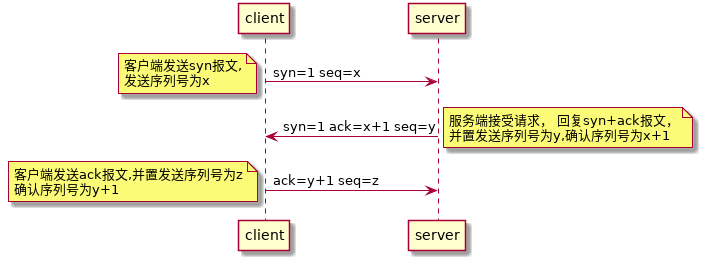周二算法题
先看看leetcode上第一道标记为Hard的题
Median of Two Sorted Arrays
There are two sorted arrays nums1 and nums2 of size m and n respectively. Find the median of the two sorted arrays. The overall run time complexity should be O(log (m+n)). You may assume nums1 and nums2 cannot be both empty.
Example 1:
nums1 = [1, 3]
nums2 = [2]
The median is 2.0
Example 2:
nums1 = [1, 2]
nums2 = [3, 4]
The median is (2 + 3)/2 = 2.5
就是找中位数,有点像,某个班级,男生一列,女生一列,都是按照从身高生序排列,要找出全班的身高的中位数。
以下就是我写的几个方法,思路都差不多,从两个数列中取出前n个数,假设n就是连个数列长度之和的一半。废话不多说,直接上代码
#!/usr/bin/python3
class Solution:
def findMedianSortedArrays(self, nums1:List[int],nums2:List[int]) ->float:
nums = nums1 + nums2
nums.sort()
n = len(nums)
if n % 2 == 0:
return (nums[n//2]+nums[n//2-1])/2
else:
return nums[n//2]
def findMedianSortedArraysNew(self, nums1:List[int],nums2:List[int]) ->float:
n1 = len(nums1)
n2 = len(nums2)
n = (n1+n2)//2
i = 0
pre = 0
res = 0
while i<=n :
pre = res
if len(nums1) == 0:
res = nums2.pop()
elif len(nums2) == 0:
res = nums1.pop()
elif nums1[-1] >= nums2[-1]:
res = nums1.pop()
else:
res = nums2.pop()
i = i+1
if (n1+n2) % 2 == 0:
return (pre+res)/2
else:
return pre
def findMedianSortedArraysNew2(self, nums1:List[int], nums2:List[int]) -> float:
n1 = len(nums1)
n2 = len(nums2)
n = (n1+n2)//2
i = 0
pre = 0
res = 0
j,k = 0,0
while i<=n :
pre = res
if n1 == j:
res = nums2[k]
k = k+1
elif n2 == k:
res = nums1[j]
j = j +1
elif nums1[j] <= nums2[k]:
res = nums1[j]
j = j +1
else:
res = nums2[k]
k = k +1
i = i+1
if (n1+n2) % 2 == 0:
return (pre+res)/2
else:
return res
本以为第一个方法是偷懒的方法(用到了系统的方法sort),效果可能不好;没想到后面两个自己写的方法,还不如第一个。
方法1 88 ms 12.9 MB python3
方法2 100 ms 12.9 MB python3
方法3 96 ms 12.8 MB python3
所以,查了以下python3中sort方法的实现,发现它用到了一个名为Timsort的算法 恩,关于这个算法,打算再写几篇文章。今天算是把注册很久的账号激活了,刷刷算法题,防止脑袋生锈。
https://leetcode.com/problems/median-of-two-sorted-arrays/
Runtime: 96 ms, faster than 88.25% of Python3 online submissions for Median of Two Sorted Arrays.
Memory Usage: 12.8 MB, less than 100.00% of Python3 online submissions for Median of Two Sorted Arrays.







